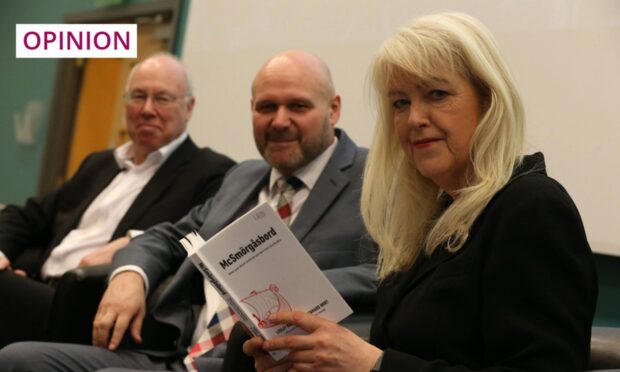A year ago, our world changed rapidly and unexpectedly.
Most of us thought that the sudden adjustment would be temporary, a fleeting intermission if you will. I recall a drip feed of emails from our management suggesting we should prepare to work from home, taking enough material and resources to last until August.
One year later, it seems incredible that we thought August was an exaggeration. If only we knew.
I teach change and innovation to business leaders and what I know is that most people do not like change at all. It is seen as something to be managed and resistance minimised. Evolutionary or gradual change is seen as the preferred way to evolve business rather than radical change. Sometimes though, we do not get to choose. The pandemic has thrown us all into new and unprecedented territory – a change of huge magnitude, much of which will be permanent.
A word I am hearing more and more frequently is that of resilience, so much so that the demand for training and education in business resilience is growing and it has become the focus of many business conferences and events recently. Resilience requires organisations to be more dynamic and agile in what they do; we all need to learn from the current situation and create a playbook for future crises. But risk management is not something many of us do, unless you count ensuring that we have enough cashflow to see us through the next six months. With 36% of Scottish businesses not having the cash reserves to see them through a crisis, however, many have struggled in the current situation.
I share the view of many global business leaders who agree that businesses must develop a dynamic risk management plan for future operations. This might include scenario planning (focusing on the vulnerabilities in our operations and adapting them) and distributing knowledge about processes and decision-making as well as distributed communications systems so that everything is less centralised and can adapt more quickly and flexibly in the event of further crises. But there is more to resilience than agility and risk management.
Reflecting on the Spanish Flu in 1918, we are reminded of the explosion in innovation and creativity in the 1920s as we came out of that pandemic. Is this our opportunity to bounce back better through innovation?
What exactly is innovation? There are a few definitions relating to innovation, but I think Peter Drucker’s is particularly relevant right now. An influential thinker, educator and author (1909 to 2005) he said: “Innovation is the specific tool of entrepreneurs, the means by which they exploit change as an opportunity for a different business or service.” Given that we have hit the pause button, we have an opportunity to ask some meaningful questions relating to what we do, so that we can be ready when we emerge. As lecturers on a variety of courses focusing on resilience and innovation, we combine academic excellence with industry expertise to equip our students and business leaders with the skills that businesses need. We challenge the norm and encourage creative thinking.
Are we sure that what we used to do, is truly the best way to do it? Can we adapt technology to make it better? Do we need the same physical space we had before? What can we do differently to help climate change issues? How can we do what we used to do, but better, with more agility, more inclusivity and more responsibility?
As society emerges from lockdown and gradually develops confidence as we determine our new normal, there is likely to be a surge in spending as pent-up consumer demand is unleashed. Businesses need to be prepared, recognising that the picture will be uneven because markets are diverse and will react differently.
Reflecting on the pandemic, it has highlighted inequalities in our society, both in relation to business and people. Innovation is not only about technology and business processes. It is also about society.
As we emerge from our long confinement, it is likely we will want to spread our wings and enjoy life again. We will want to socialise, eat out, network and be together again, but the challenges do not end. Climate change and social inequality also present a real challenge. Perhaps the Covid-19 pandemic can present us with an opportunity to evolve in a way that is more prepared and inclusive.
Allane Hay is deputy head of Academic Partnerships at Moray College UHI and teaches business leadership, innovation and strategy.











